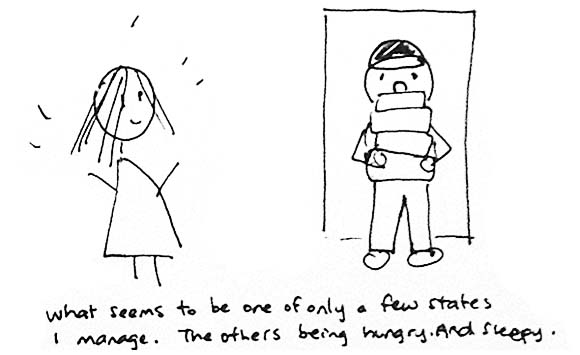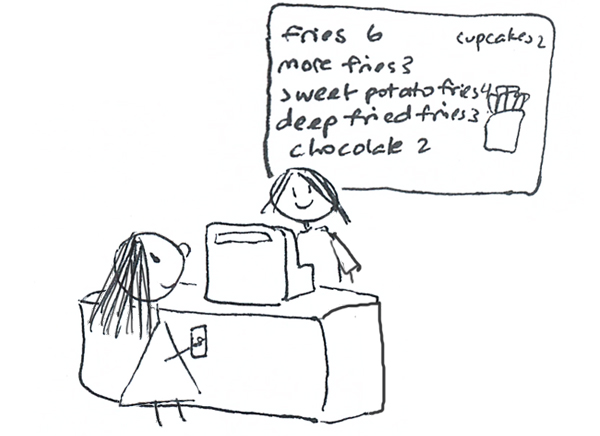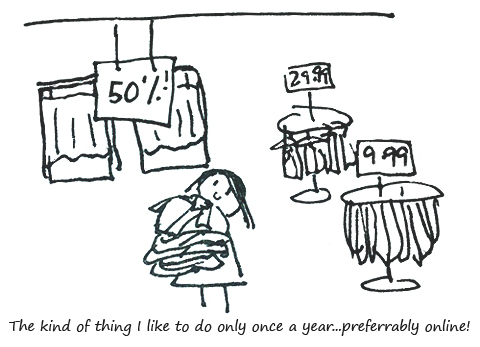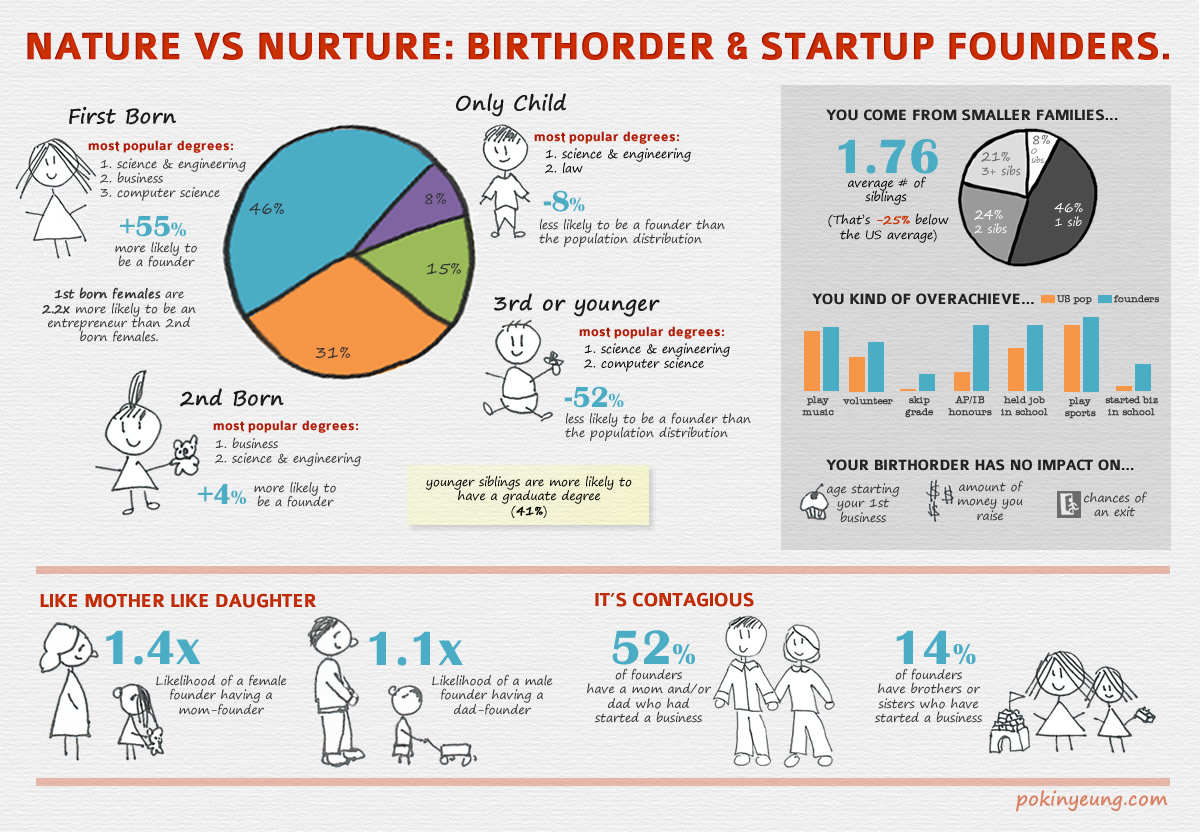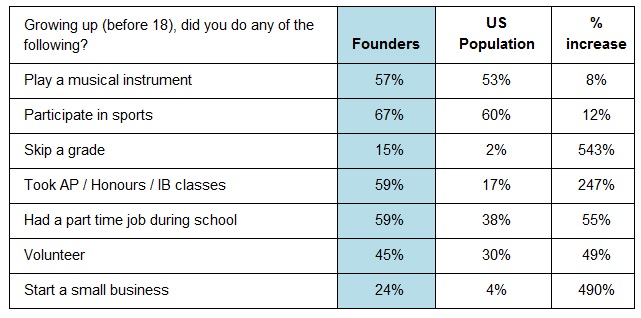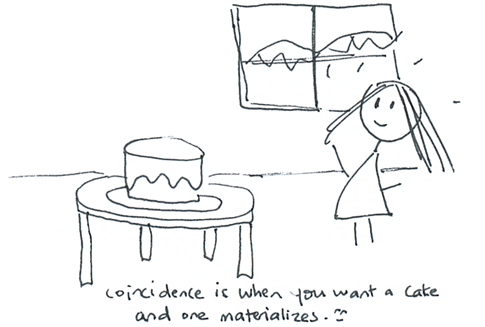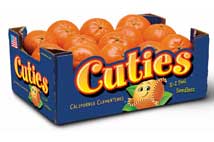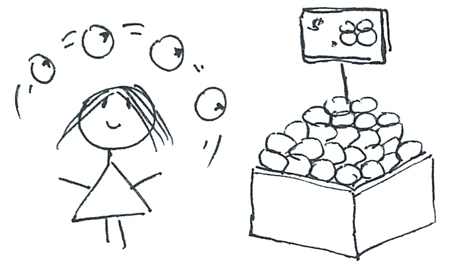Let’s face it – founders will fight.
How founders fight though — now that’s something worth exploring.
Altercation interaction, in my opinion, is one of the most predictive factors for whether a team will survive and whether a company will succeed. A few weeks ago (yeah I was slow to get going 🙂 ) Jessica Alter shared her views about this on Steve Blank’s blog. Here’s my take.
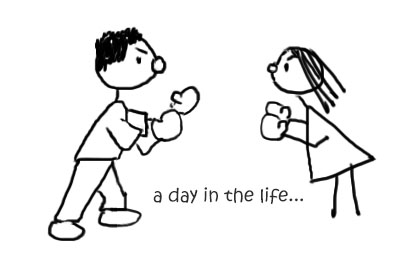
How you fight reveals whether you respect your partner
Are you fighting about the right way to do things? Do you look at the tasks your cofounder(s) perform and think you can do better? While disagreements are natural (you’re not clones), if these types of fights are occurring rather often, then my friend, that’s called a red flag.
There’s too much to do with your own job to look over what someone else is doing. If you can’t trust your cofounder enough to be as good (and preferably better) than you at what they do, think hard about whether this partnership makes sense. If you don’t have faith, it will show (even if you have Oscar worthy skills) You end up overstretching yourself, your founder ends up reacting negatively from the vibe s/he senses and the relationship falls apart. Trust me, there’s a founder’s six sense on cofounder hatin’.
How you fight demonstrates whether you’ve set clear boundaries
Other times, it’s not because you don’t respect your partner, but because you haven’t clearly decided who will do what. Again, this is also something that needs to be specified early. As the pressure mounts, disagreements can erupt over who dropped the ball or even better, several or all of you end up tackling the same problem. Cue fabulous fighting pyrotechnics. And much wasted effort. Both suck.
How you are when the fight is over can be a signal for the status of your founder relationship
Do you feel good about having resolved the issue, or do you walk away pissed off? If you find more often than not your fights end negatively, it could be a sign that tension is too high to function effectively. Do you feel like you’re doing all the work and your founders are slacking off? Ideally founders are equally motivated and you feel like you’re both putting equal effort into the business.
How you fight (and whether you do) indicates your ability to communicate
On the flip side, are you a team that doesn’t fight at all? No fighting isn’t good news. Most definitely it means someone is repressing what they actually think about things. After all, you certainly don’t expect me to believe you never have disagreements with your cofounder. That just doesn’t happen. Or you two are clones. And then that still doesn’t ever happen.
Now mind you, if both partners are ok with not talking things out, and are both ok with shoving things under the rug, it can work. But it requires both cofounders to have the same conflict resolution style.
How the fight wraps up can diffuse or build resentment
We are biologically wired to focus on negative interactions. So if a fight ends poorly, that has a lasting effect. In studying longevity in marriages, John Gottman discovered that it takes 5 positive interactions to offset one negative one. Given that you’re most certainly more married to your cofounder than your spouse (think about how much waking time you spend with your cofounder versus your spouse!) , that ratio is in high effect here. Are you fighting about issues of the moment? Or do you find yourself bringing up bad decisions or events in the past? Effective fighting can be cathartic. The opposite? White hairs and much Advil consumption. Yep, I’ve experienced both first hand. And how.
OK, so what are you supposed to do to fight well?
Ideally when you’re in the cofounder honeymoon stage you’ve already ironed out how you might handle disagreements. And also who’s doing what. If you guys disagree, who makes the final call? How? Is it the CEO? The engineering lead for tech decisions and product lead for features? Is it through external tests? Whatever you do, figure out something in advance.
Other obvious tips
- Accusations, especially with the use of words like always and never don’t work. Really, it’s true. Surprising, I know. You’re welcome.
- The past is exactly that. Not the present, and thus not relevant right now. So don’t bring it up. It’s also surely guaranteed to rile up your partner. If there’s a previous gripe still outstanding, wait till you’re not fighting and then figure out how to resolve it.
- Be willing to walk away. Sometimes in the heat of the moment things can be too touchy. Learn when to back off.
- Recognize if something else is actually what’s bothering you. Ever get pissed off or stressed out and then go find someone to pick a fight with? Yeah, your cofounder is often your first support base…but if you want things to last, exclude personal punching bag from the job description.
- Don’t fight in front of others. Aside from creating a super awkward moment for all involved, taking your fight public is surely one of the better ways to ensure that negative vibes stick around.
And then note –
Contrary to what may seem obvious, fighting spectacularly doesn’t automatically doom a partnership (this applies to personal relationships too). Nor do endless fights that don’t get resolved. And “working on communication” isn’t always necessary, nor at times, good enough. Instead, researchers have found that acknowledging the good times and thoughtful reciprocation (whether in good listening, giving credit where it’s due, whatevs) to your partner can serve as a better buffer against discord later than “communicating well” during the fight.
When in the midst of a fight, keep an eye out for negativity, sarcasm, or criticism. If you haven’t gotten too worked up yourself, attempts to break the tension can do a lot to diffuse the negativity. And if you’re feeling cranky already, know that it’s not a good time to start a discussion. When voicing grievances, stick to complaints about a specific action, and avoid criticizing the person. Do your best not to get too defensive even if it is a full on personal attack and try to see why the person is might be feeling the way they are.
Lastly, try to see your cofounder not as someone to convince, persuade, combat. See him or her as someone you want to make things work with. You’ll be surprised how a positive orientation might do wonders for actually working through things. Instead of, like, you know, trying to prove you’re right.
Author’s note: yes I have gone through some brilliant fights with my cofounders. Thankfully even after the worst of things, I’m on fine terms with them now…even if it might have taken a couple years. Better late than never!


